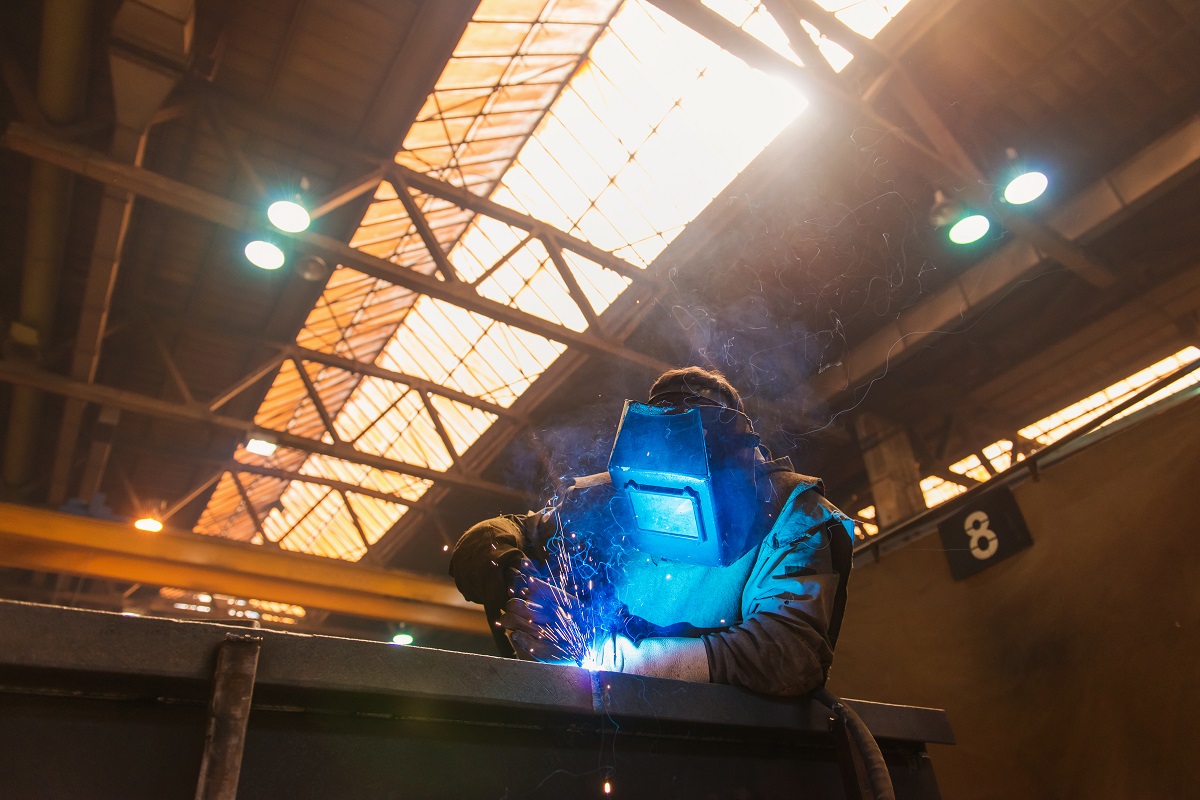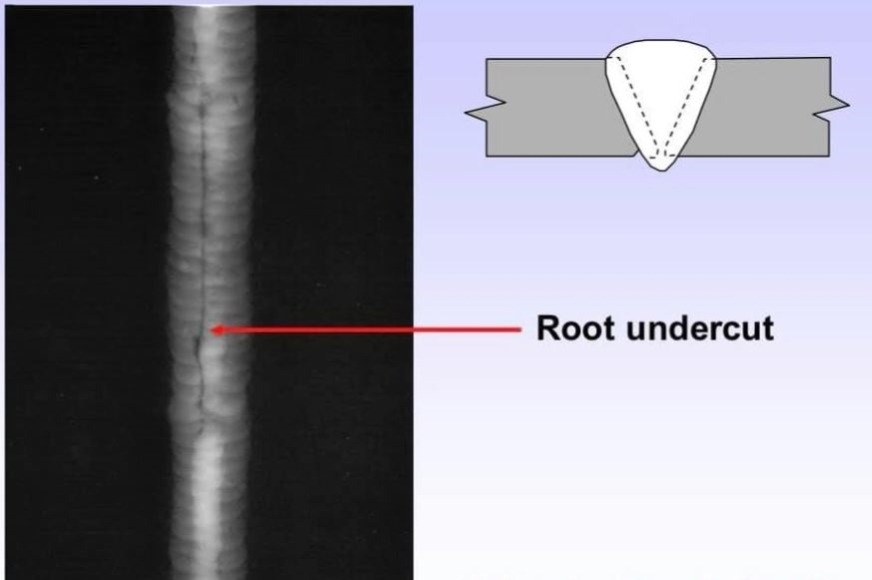Preventing Weld Undercut: Proven Techniques Every Welder Ought To Know
Preventing Weld Undercut: Proven Techniques Every Welder Ought To Know
Blog Article
Necessary Tips for Welders: Protecting Against Undercut Welding and Ensuring Stronger Weld Joints
In the realm of welding, achieving resilient and solid weld joints is the keystone of producing premium work. Nevertheless, one typical difficulty that welders commonly encounter is undercut welding, which can jeopardize the stability of the weld joint. By comprehending the factors that add to damaging and applying the right strategies and preventative measures, welders can properly stop this issue and guarantee the long life and toughness of their welds. Let's check out some crucial ideas that can aid welders browse this challenge and raise the top quality of their welding jobs.

Understanding Undercut Welding
Undercut welding is a typical welding issue that occurs when the weld steel stops working to correctly load the groove and causes a groove-like anxiety along the weld grain. This problem deteriorates the weld joint, making it vulnerable to fracturing and failing under stress. Damaging can be brought on by numerous aspects, consisting of excessive welding current, high welding rate, incorrect electrode angle, incorrect electrode dimension, and bad welding technique.
Among the main reasons for undercut welding is a discrepancy between the welding current and the welding speed. If the welding current is too expensive or the welding rate is as well quickly, the weld steel may not appropriately load the groove, resulting in undercutting. Furthermore, making use of an electrode that is as well large can lead to a comparable outcome, as the excess steel can not properly move into the groove.
To avoid undercut welding, welders ought to ensure they are utilizing the correct welding specifications, maintain a suitable electrode angle, pick the ideal electrode dimension, and method correct welding methods. By attending to these elements, welders can reduce the threat of undercutting and produce more powerful, more reputable weld joints.
Appropriate Welding Technique
Effective welding technique plays a vital role in making certain the high quality and integrity of weld joints. Correct welding technique involves a mix of ability, precision, and adherence to best methods. One fundamental facet of appropriate welding strategy is keeping the correct angle and distance in between the welding gun and the workpiece. Welders should likewise pay very close attention to the travel rate and warmth input to avoid problems like damaging, porosity, or incomplete fusion.
Furthermore, a regular and steady hand movement is important for developing solid and long lasting weld joints. Welders ought to go for smooth, uniform motions to make certain also distribution of the weld material. Proper adjustment of the welding gun and filler material is also vital to accomplishing optimal infiltration and fusion.
Additionally, managing the warm input and picking the suitable welding parameters based upon the product being welded are essential elements in achieving top quality welds - Preventing weld undercut. Welders must adhere to the recommended settings supplied by welding treatment requirements and readjust them as needed based upon the specific demands of the job. By grasping appropriate welding techniques, welders can substantially boost the toughness and dependability of their weld joints
Picking the Right Electrode
When taking into consideration the value of choosing the best electrode in welding applications,Maintaining the appropriate angle and range between the welding gun and the work surface is essential. The selection of electrode plays an important duty in establishing the high quality and toughness of the weld joint. Electrodes are available in different types, each created for details objectives and products.
Firstly, choosing the ideal electrode size is vital. Thinner electrodes are appropriate for welding thin materials, while thicker electrodes are better for thicker products and higher warm applications. Matching the electrode diameter to the thickness of the workpiece aids accomplish a well balanced weld.
Second of all, understanding the material structure of the electrode is essential. Different electrodes are developed for welding details materials like steel, stainless steel, light weight aluminum, or cast iron. Using the proper electrode product makes certain excellent fusion and lessens the danger of issues in the weld.
Lastly, taking into consideration the welding setting and method is critical when picking the electrode kind. Particular electrodes are better matched for overhead or upright welding placements, while others work well for level or straight positions. Picking the ideal electrode based on the look at these guys welding method enhances the total weld top quality and honesty.
Preparing the Base Metal
To guarantee a successful welding process, what try these out first actions should be taken when preparing the base steel for welding? Furthermore, any existing weld product or residue from previous welding must be gotten rid of to make certain a clean surface for the new weld.

Conducting Post-Weld Inspections

After carrying out these analyses, welders should contrast the results versus market criteria and task requirements to guarantee that the weld joint meets all needed criteria. Any kind of inadequacies or inconsistencies uncovered during the post-weld inspection you can try this out ought to be immediately addressed via proper rehabilitative procedures to assure the weld's integrity. By diligently carrying out post-weld evaluations and without delay attending to any issues, welders can promote the high quality and dependability of their job, inevitably adding to the safety and longevity of the bonded structures.
Final Thought

To conclude, avoiding undercut welding and guaranteeing stronger weld joints need a mix of proper welding technique, choosing the ideal electrode, preparing the base steel correctly, and performing post-weld examinations. By comprehending the reasons of undercut welding and executing the needed safety measures, welders can create top quality weld joints that satisfy industry criteria and ensure the structural honesty of the welded elements.
Undercut welding is an usual welding issue that takes place when the weld metal falls short to effectively load the groove and results in a groove-like depression along the weld grain (Preventing weld undercut). Damaging can be caused by different elements, consisting of extreme welding existing, high welding speed, improper electrode angle, inaccurate electrode size, and bad welding method
One of the primary reasons for undercut welding is an imbalance in between the welding existing and the welding rate. If the welding current is also high or the welding rate is as well fast, the weld steel might not effectively fill up the groove, leading to undercutting.Preserving the correct angle and distance between the welding gun and the workpiece is essential when considering the significance of choosing the best electrode in welding applications.
Report this page